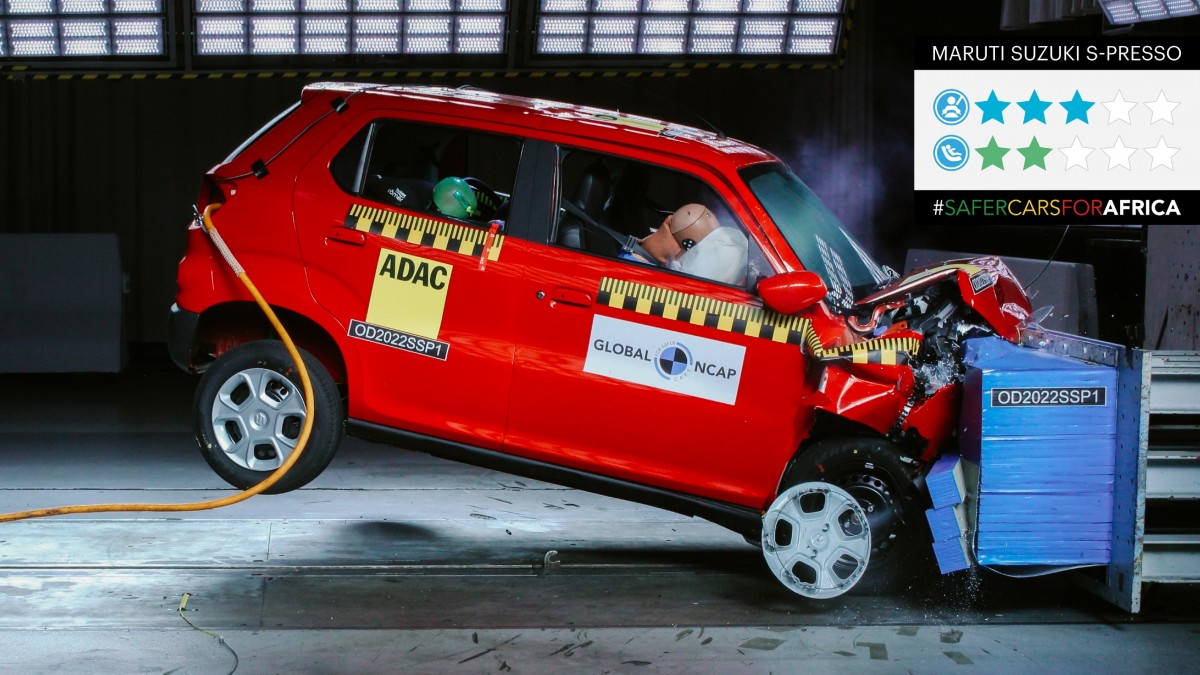

Maruti Suzuki has shared details about the crumple zone. A crucial safety element, the working of the crumple zones was explained by India’s largest car maker.
As safety standards improve and new technologies are invented, car makers are looking at incorporating the same in their models. One such safety feature is the crumple zone.
Crumple zones have been designed to absorb and spread the energy during a crash. The crumple zones are found at the front and rear of a vehicle. They are designed with materials that specially deform when they absorb the energy of an impact. Hence during a collision, these are the first areas of impact usually and we can see the crumple zones getting crushed. This safety element protects the passenger cell.
One of the tools for better and safer vehicle design is crash simulation. Thanks to the use of such new and innovative technologies, car makers are able to better design the car while incorporating more safety features.
Compared to traditional methods, simulation software is the new way to design cars. Prior to the new method, the conventional way to design a car required many design rounds, prototypes and multiple crash testing. Not only is it very expensive, it involves a lot of time as well. Modern high performance computers are able to simulate the same accurately much faster.
Simulation also helps in reducing the product cycle. Different simulation techniques like finite element methods (FEM), LS-DYNA, and ANSYS are used to simulate the crashes.
Crumple zones post crash and materials used
Crumple zones deformed when they get an impact and help slow down the vehicle’s momentum. This in turn reduces injury to the occupants.
Car makers use specialised materials including high strength steel in the crumple zones. They also do extensive crash testing to ensure that the design performs as intended in an actual crash.
Also Read – Honda patents two-wheeler crash detection system.